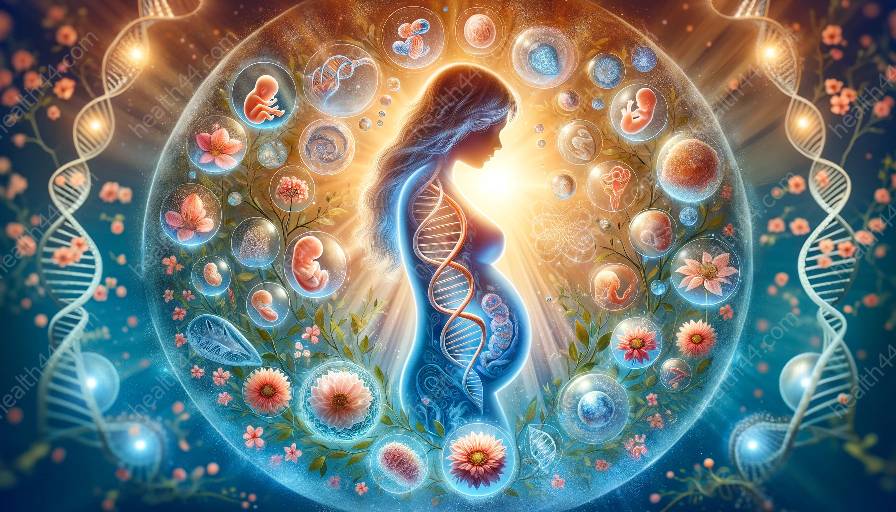Embryo and fetal development are crucial stages in a human's life, and they are highly susceptible to various internal and external influences. One such influence is teratogens, which can lead to developmental abnormalities if exposure occurs during prenatal development. This topic cluster aims to explore the impact of teratogens on the development of embryos and fetuses, discussing the types of teratogens, their effects, and ways to minimize risks.
What are Teratogens?
Teratogens are substances, organisms, or environmental factors that can cause abnormalities or malformations in the developing embryo or fetus. They have the potential to disrupt the normal course of development and lead to a wide range of congenital anomalies.
Types of Teratogens
Teratogens can be classified into several categories, including:
- Chemical teratogens: These include various drugs, alcohol, tobacco, pesticides, and industrial chemicals.
- Biological teratogens: Certain viruses, bacteria, and parasites can also act as teratogens, causing developmental abnormalities.
- Physical teratogens: External factors such as radiation, heat, and pressure can exert teratogenic effects on embryos and fetuses.
- Maternal medical conditions: Some medical conditions in the mother, such as uncontrolled diabetes, can increase the risk of developmental abnormalities in the fetus.
Effects of Teratogens on Embryo and Fetal Development
Teratogens can affect the developing embryo and fetus in various ways, leading to a wide spectrum of developmental abnormalities. The impact of teratogens depends on factors such as the timing of exposure, the dose, and the genetic susceptibility of the developing organism. Common effects of teratogens include:
- Structural abnormalities: Teratogens can cause physical malformations in the developing body structures, such as limbs, organs, and the central nervous system.
- Functional abnormalities: Some teratogens can impair the functioning of specific organs or systems, leading to physiological problems in the developing fetus.
- Cognitive and behavioral effects: Certain teratogens can contribute to long-term cognitive and behavioral issues in the affected individual.
- Spontaneous abortion or stillbirth: In severe cases, exposure to teratogens can lead to pregnancy loss or fetal death.
Minimizing Risks of Teratogenic Exposure
It is important to minimize the risk of teratogenic exposure during pregnancy to promote healthy embryo and fetal development. This can be achieved through various measures, including:
- Preconception care: Ensuring that both partners are in good health before conception can reduce the risk of teratogenic exposure.
- Prenatal screening: Regular prenatal check-ups and screening tests can help identify potential risk factors and guide appropriate interventions.
- Avoidance of known teratogens: Expectant mothers should be aware of and avoid exposure to known teratogens, such as alcohol, tobacco, and certain medications.
- Environmental precautions: Taking precautions to minimize exposure to environmental teratogens, such as radiation and toxic chemicals, can help protect the developing fetus.
Conclusion
Embryo and fetal development are highly vulnerable to the effects of teratogens, which can lead to a range of developmental abnormalities. Understanding the impact of teratogens on prenatal development and taking steps to minimize risks is crucial for promoting healthy pregnancy outcomes and ensuring the well-being of the developing fetus.


